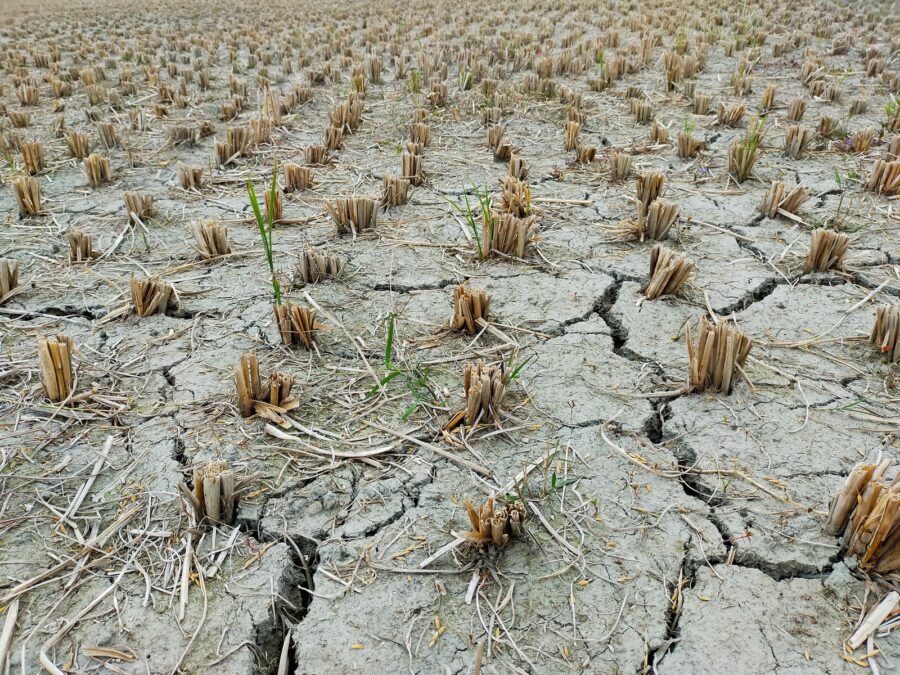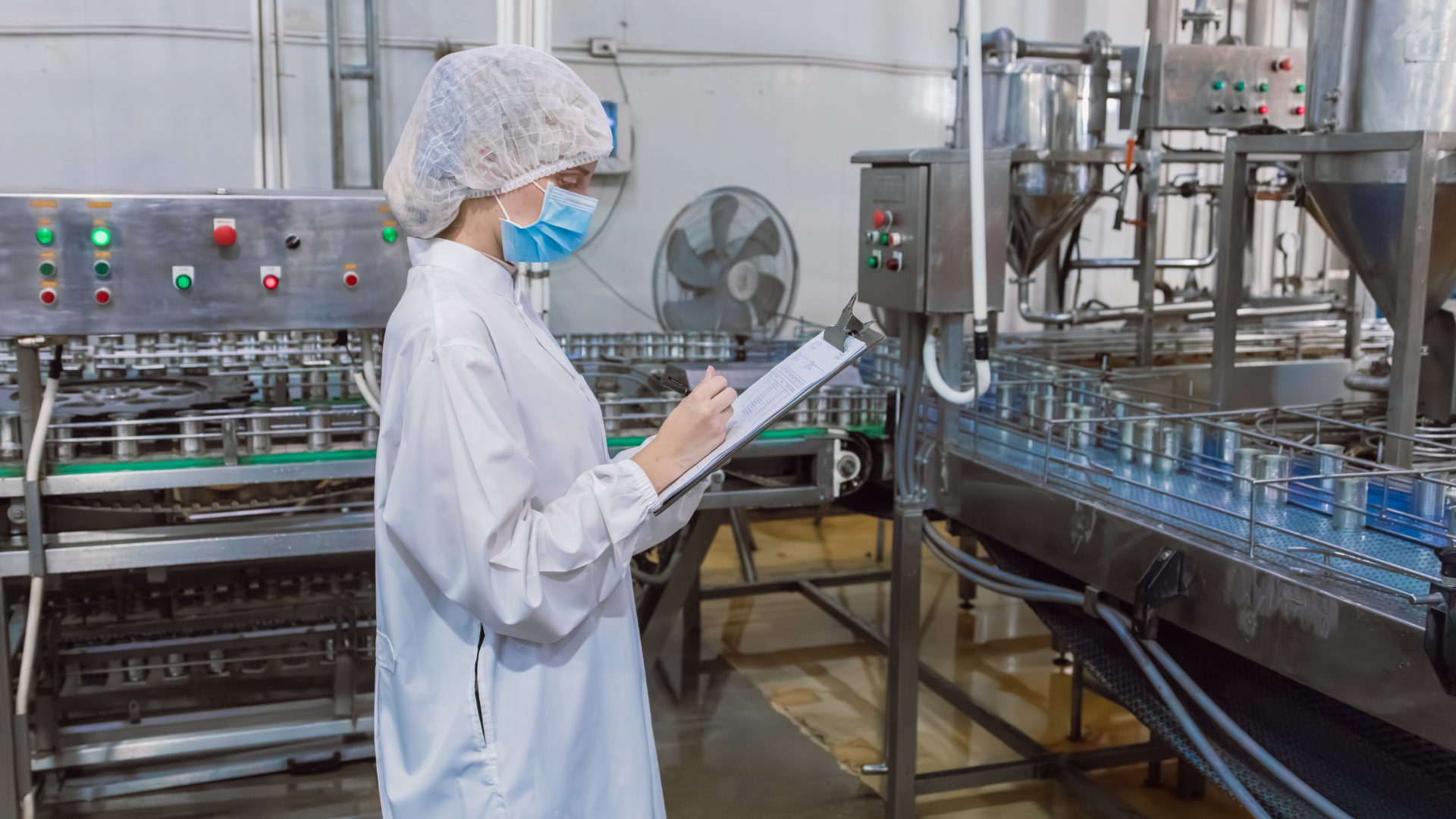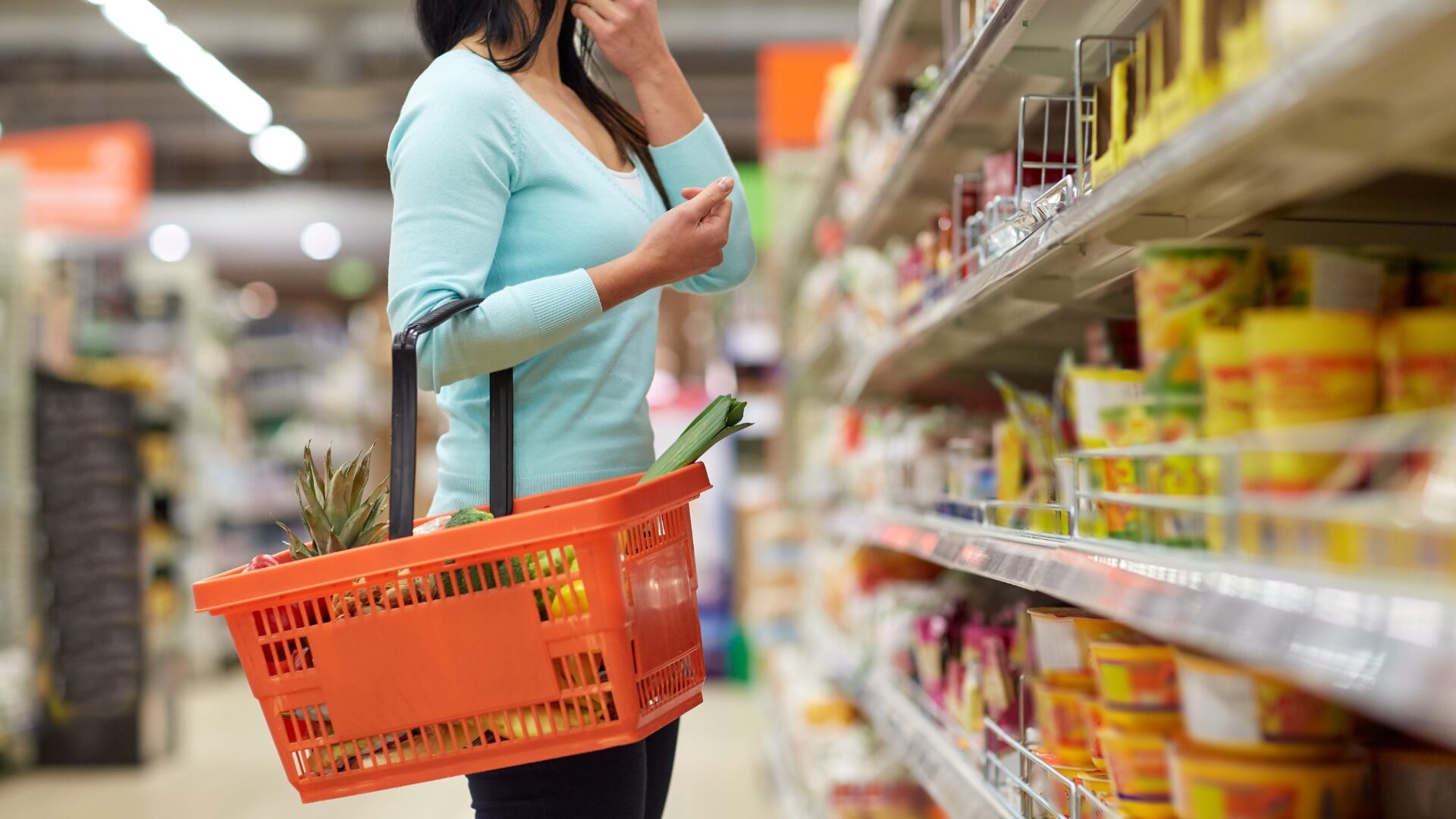The twin crop production enemies, drought and excessive heat, are putting unprecedented pressure on the global food supply, sending grocery prices soaring in what’s being labeled “heatflation.”
“The current heatwave is the latest in a series of punches hitting retailers and food manufacturers – from COVID shortages to the war in Ukraine. In the short-term, retailers will scramble to replace missing supply, looking to alternative sources of supply where possible,” Randall Sargent, principal at Oliver Wyman’s Retail and Consumer Goods practice, told The Food Institute.
“This heat wave is yet more fodder for retailers and CPGs to rethink their supply chains and look for more sustainable sources of supply,” he added.
IMPACT ON PRODUCE
The greatest impact is likely to be felt first in the produce section while reduced supplies of wheat will take longer to make their way through the supply chain.
The June Consumer Price Index showed food prices up 10.4% from last year, the largest increase since 1981, with food at home prices up 12.2%, the largest increase since 1979.
The worst drought in 70 years in northern Italy is threatening olive oil, risotto rice and processed tomatoes. Kyle Holland, an analyst for the market research group Mintec, told The Guardian (July 13) Italian olive oil production could be down as much as 30% from last year while Spanish production could be reduced by 15%.
“We are already seeing some olive trees producing no fruit, which only happens when soil moisture levels are critically low,” Holland said. “According to industry contacts, the lower production and, therefore, limited supply of olive oil is likely to cause prices to increase in the coming months.”
HEATWAVES ROLL ON
Jennifer Molidor of the Center For Biological Diversity told KCBS, Los Angeles, (July 19) heatwaves, which are fueling wild fires that destroy crops, are forcing farmers and ranchers to send their cows to market early, meaning they’re skinnier than usual.
Jacob Keszey, farm and land director at Earthkeep Farmcommon, told The Food Institute heatwaves and drought are likely to cause food disruptions, but it might be possible to mitigate the impact by investing in local and regional food economies, which, in turn, reduce transportation costs.
“With a changing climate as the new normal, extreme weather like the recent heat waves and drought conditions will continue to decrease yields,” he said, adding:
“The impacts this year on commodity crops like corn and wheat will influence prices in every grocery aisle.”
As a result of rising prices, consumers increasingly are turning to discount grocers, according to data from Klover, which tracks consumer spending. The data indicate overall spending and transaction volume is down, with Aldi the only discount grocer showing an uptick in transaction frequency.
RESTAURANTS’ IMPACT
The impact of rising prices is felt not just in the grocery aisles, but at restaurants, which already had been pressured by increase labor costs and shortages.
“For restaurants, margins are eroding due to limitations in the ability to pass on all food and labor cost increases,” Oliver Wyman partner Julien Boulenger said.
“Limitations include declining consumer sentiment as well as contract limitations in the case of B2B foodservices players.”











